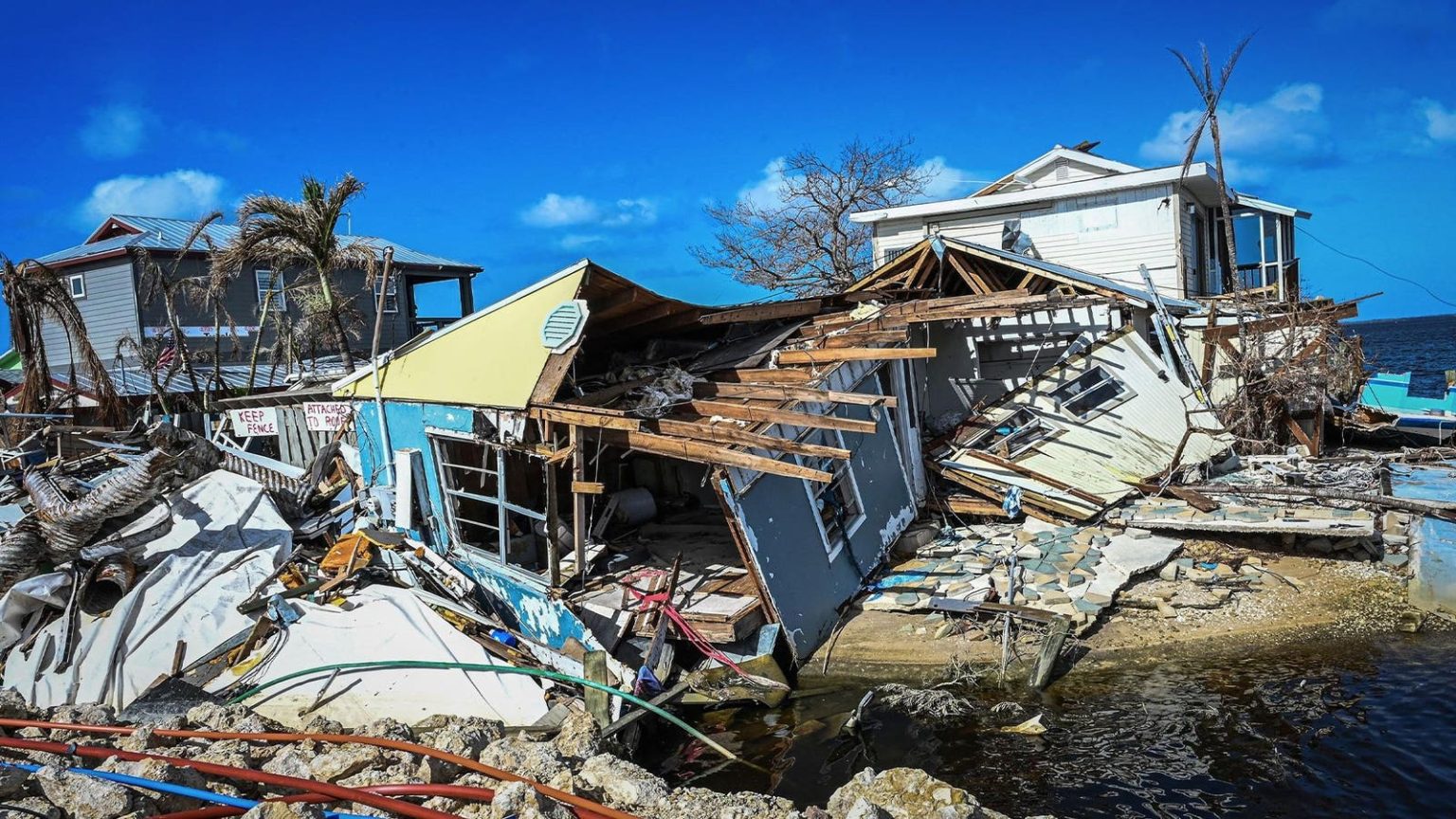Catastrophe bonds were the best performing alternative asset class in 2023, up 20%, according to data from the Chartered Alternative Investment Analyst Association. These bonds allow insurers to hedge against the financial impact of natural disasters while offering investors the chance to earn robust returns, provided disasters don’t surpass certain claim damage thresholds. With a first-of-its-kind ETF on the horizon, investing in high-yield catastrophe bonds is about to become simpler.
Brookmont Capital Management, a Dallas-based investment manager overseeing $942 million in assets, filed a prospectus with the Securities and Exchange Commission for a Catastrophic Bond exchange-traded fund. The proposed ticker, ROAR, will be actively managed, with at least 80% of its net assets invested in catastrophe bonds and other insurance-linked securities. The fund aims to gather at least $200 million in assets within the first year after the expected September 25th launch.
Catastrophe bonds were created after Hurricane Andrew devastated South Florida in 1992, driving at least 16 insurers into bankruptcy with losses exceeding $15.5 billion. Regulators and rating agencies pushed insurers to beef up their capital reserves by turning to the credit markets. Catastrophe bonds are backed by insurers with solid credit ratings, allowing investors to earn high yields in exchange for sharing the risk of rare, catastrophic events that are uncorrelated to economic cycles.
Investors in catastrophe bonds faced a risk-reward scenario similar to traditional bonds, with payouts based on predetermined damage thresholds. The market for catastrophe bonds has grown significantly, with $47.4 billion outstanding today and $12.7 billion worth issued so far this year. The launch of a Catastrophic Bond ETF offers investors a simpler and more cost-effective way to invest in this asset class, with real-time pricing and lower fees compared to mutual funds.
The liquidity of catastrophe bonds has been a concern for launching an ETF, given the asset class’s illiquidity. Brookmont is partnering with a sub-advisor skilled at securing deal flow to tackle this issue. The fund can also invest in related instruments, giving investors immediate exposure until actual catastrophe bonds can be acquired. The University of South Carolina’s Hartwig believes now may be the right time for a catastrophe bond ETF, given the expanding market and the unique portfolio diversification the asset class offers.
Investors are advised to scrutinize the ETF’s holdings upon release to ensure there isn’t excessive exposure to specific events or regions. The ETF is set to start trading on September 25th, strategically coinciding with the tail end of hurricane season. Despite the risks associated with catastrophe bonds, their high yield income stream with an investment-grade profile continues to attract investors seeking uncorrelated returns and diversification in their portfolio.


